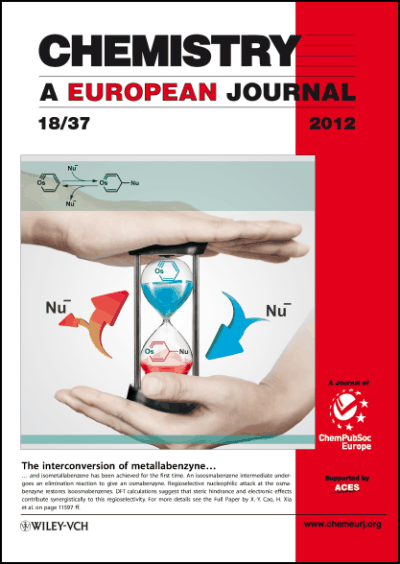Probing the origin of adaptive aromaticity in 16‐valence‐electron metallapentalenes
Submitted by Jun Zhu on Fri, 06/12/2020 - 14:47
Species with adaptive aromaticity are aromatic in the ground and lowest‐lying triplet excited states and they have normally intermediate singlet‐triplet gaps. Few examples of compounds with adaptive aromaticity are known to date, including 16‐valence‐electron (16e) metallapentalenes. A sweeping search could be conducted to discover new members of this group, but efficient designs with an explicit strategy would facilitate the quest for new members of this elusive family.









